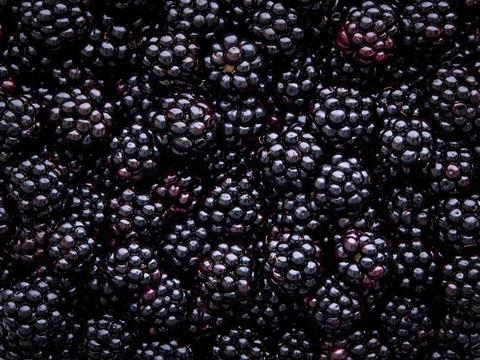
From a film made of bamboo, to coatings that double the shelf-life of cheese products – here’s an update on the latest and most innovative antibacterial packaging solutions.
South China University of Technology has developed antibacterial paper using chitosan, nanocellulose sheets. The paper has ‘excellent’ mechanical strength, no cell cytotoxicity, and can be recycled five times while maintaining 99.9% bacteria inhibition, according to the researcher. More details on the project can be found in the Journal of Hazardous Materials.
Scientists from Nanjing and Jiansu Universities in China have developed electrospun nanofibres for food packaging that improve the postharvest quality of blackberries. The fibres were incorporated with oregano essential oil and beta-cyclodextrin and showed good biocompatibility, antibacterial, and antifungal qualities, says the report in Chemical Engineering Journal, Vol 445, 1 Oct 2022, 136746.
Researchers from universities in Chongqing together with the International Center for Bamboo and Rattan in Beijing have developed nanocellulose fibril-based composite film from a bamboo parenchyma cell that has potential for antimicrobial, biodegradable food packaging. The silver nanoparticles in the film could also slightly improve tensile properties, among other benefits, they say. More information can be found in the International Journal of Biological Macromolecules, Vol 210, 15 June 2022, Pages 152-160.
In Portugal scientists at the University of Aveiro have created heat-sealable starch-chitosan bioplastic films mechanically reinforced with reduced graphene oxide for active food packaging. The films displayed hydrophobic surfaces, low water solubility, and improved antioxidant activity. The blended film prepared with 75% starch and 25% chitosan, plus graphene oxide, achieved the maximum value of electrical conductivity while maintaining the heat-sealing properties of starch. The full story was published in Carbohydrate Polymers, Vol 291, 1 September 2022, 119517, which necame available online on 30 April 2022.
Meanwhile, over in Iran, Urmia University scientists claim to have doubled the shelf life of high-moisture mozzarella cheese using antimicrobial coating based on carboxymethyl cellulose, natamycin. The CMC coating caused a significant decrease in all microbial groups, while the addition of natamycin reduced the count of mould and yeast. The cheeses were immersed in the coating solutions and then kept at 7 °C for eight days while microbial specifications pH, weight loss, and sensory properties were examined. Further information is available in the International Journal of Biological Macromolecules, Vol 209, Part B, 1 June 2022, Pages 2042-2049.
This article was created in collaboration with AIPIA (the Active and Intelligent Packaging Industry Association). Packaging Europe and AIPIA are joining forces to bring news and commentary about the active and intelligent packaging landscape to a larger audience. To learn more about this partnership, click here.












No comments yet